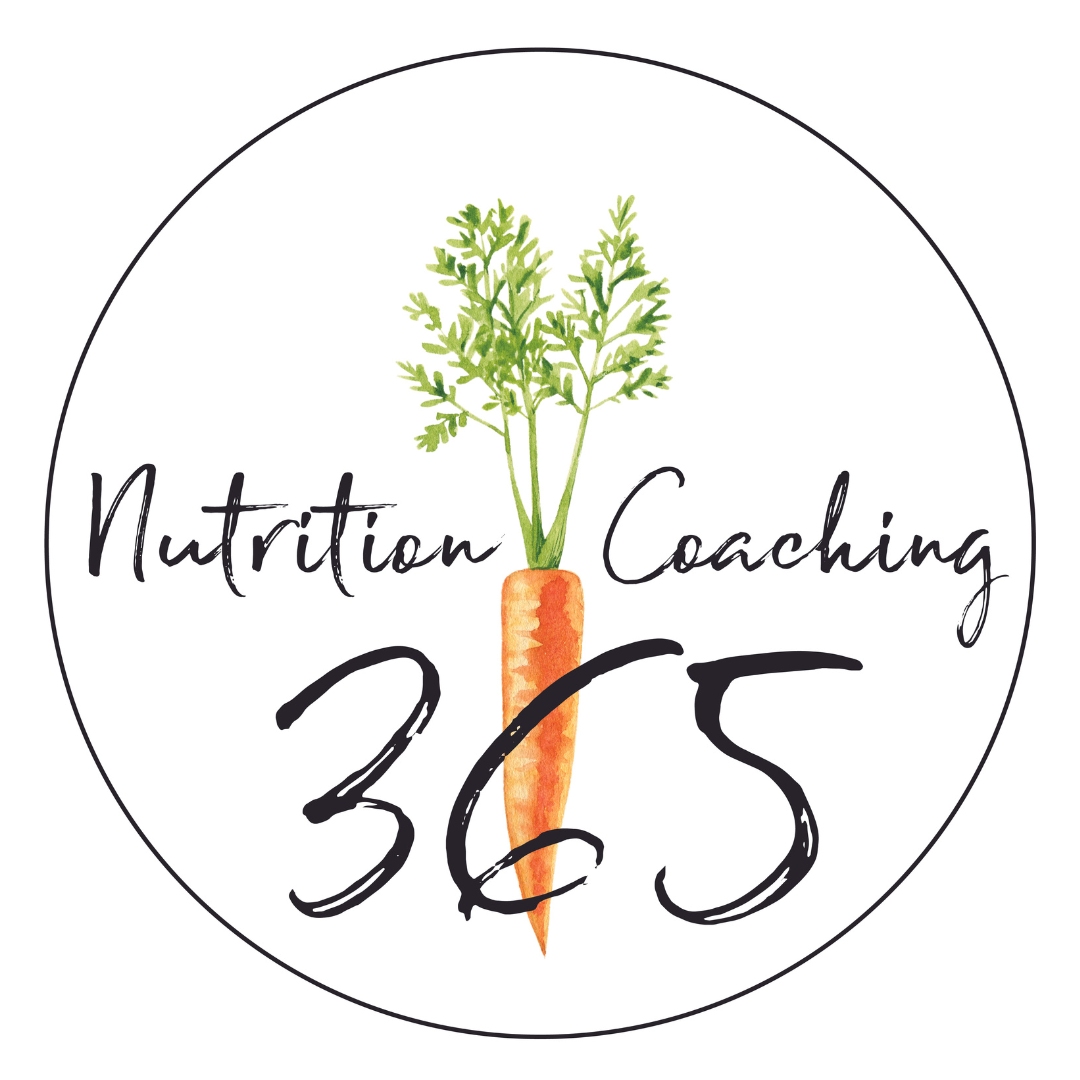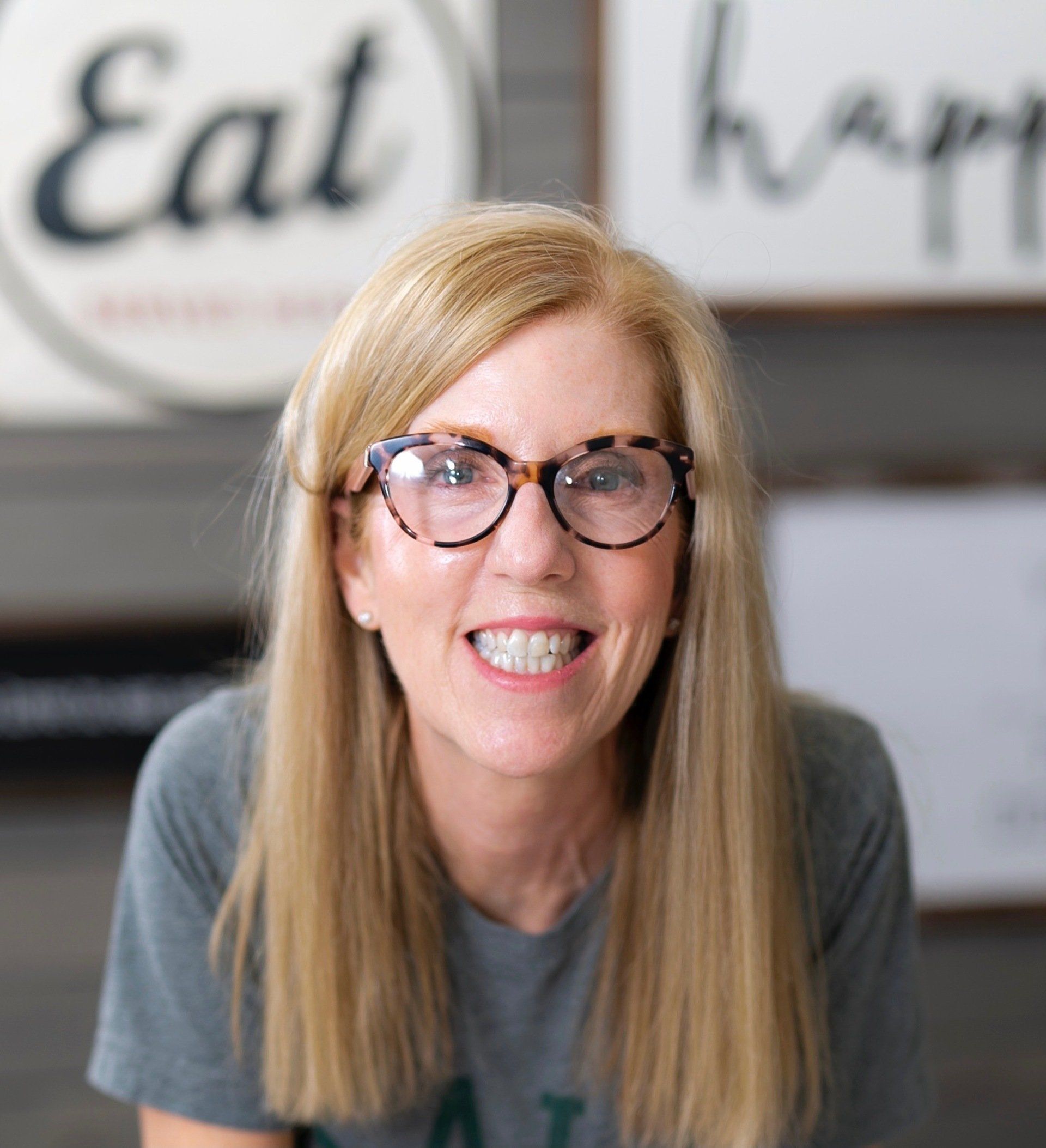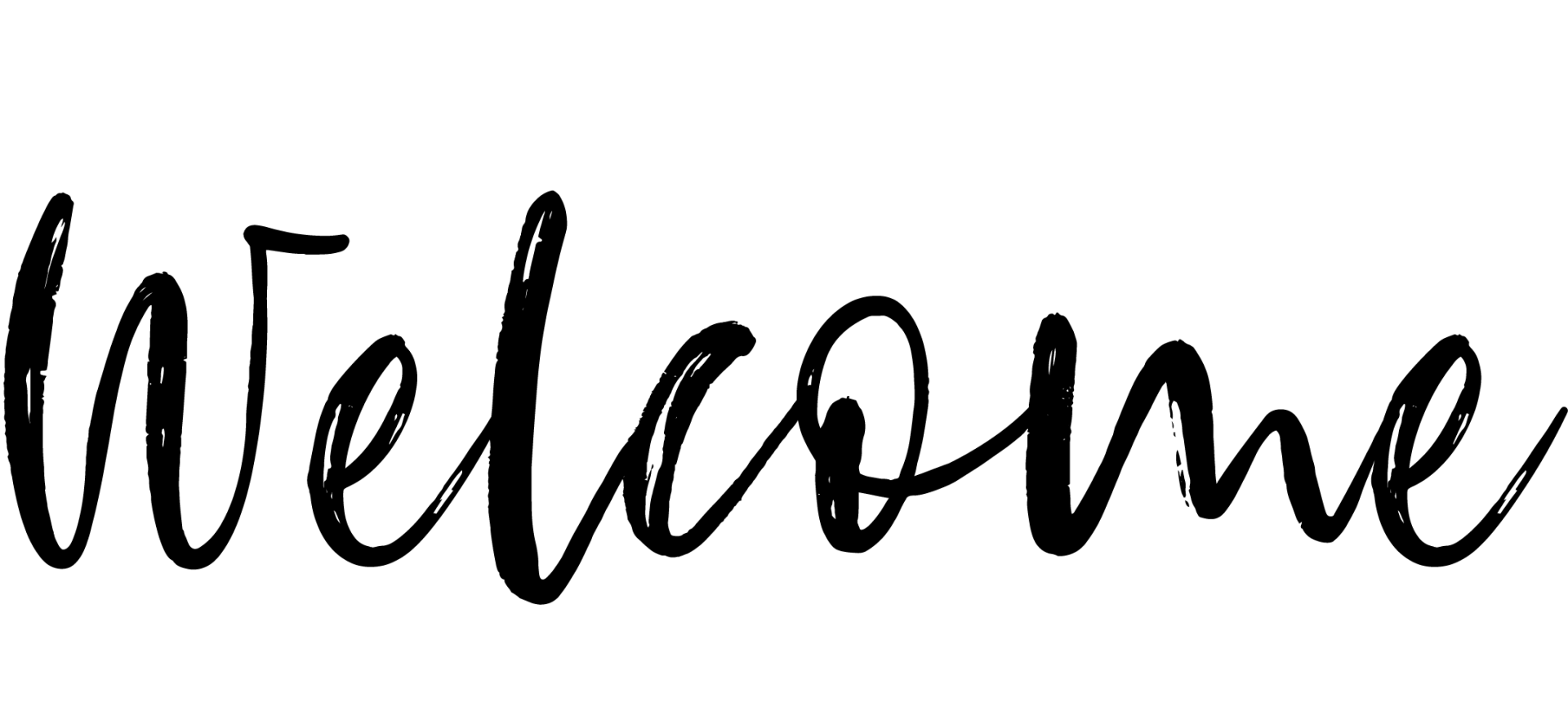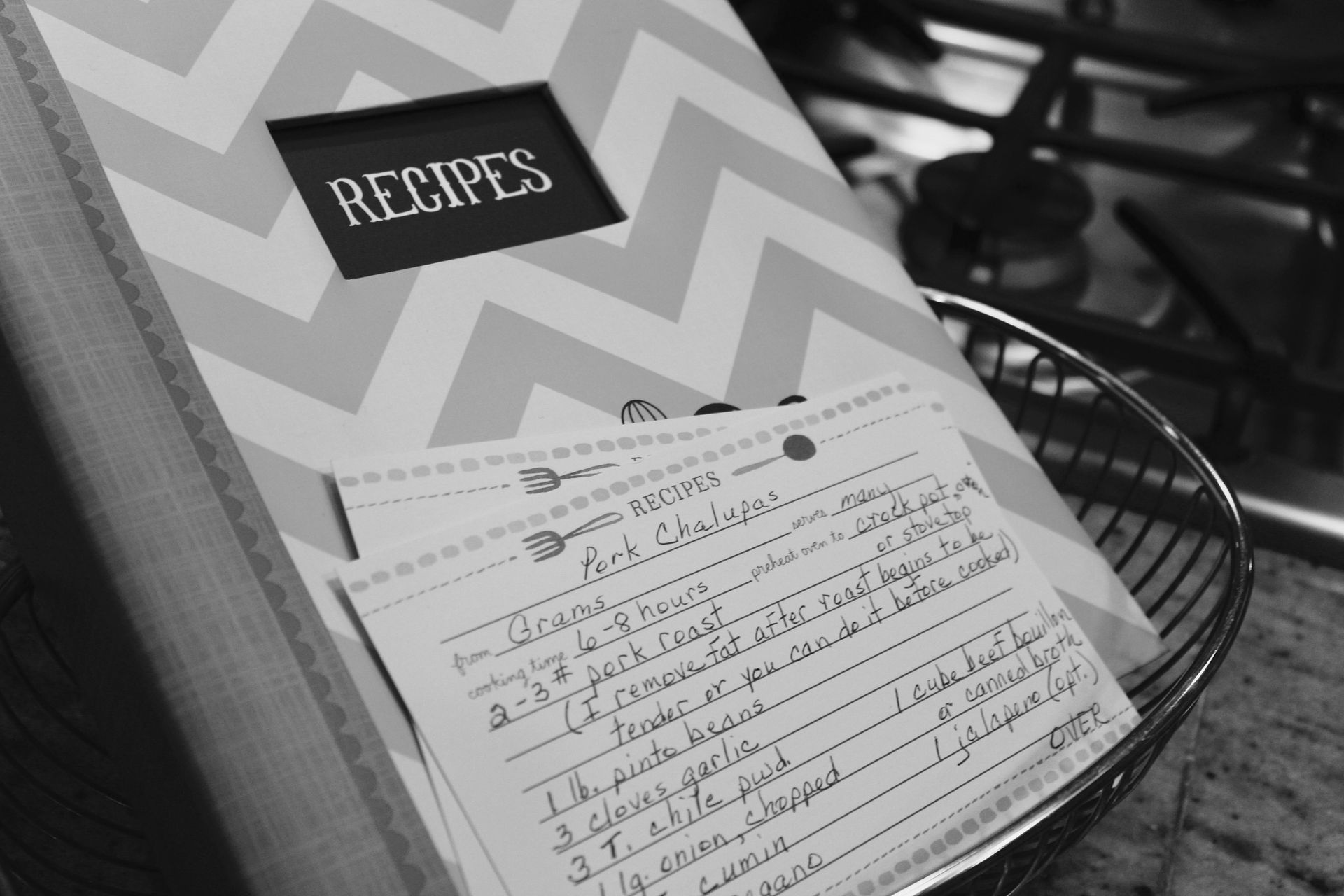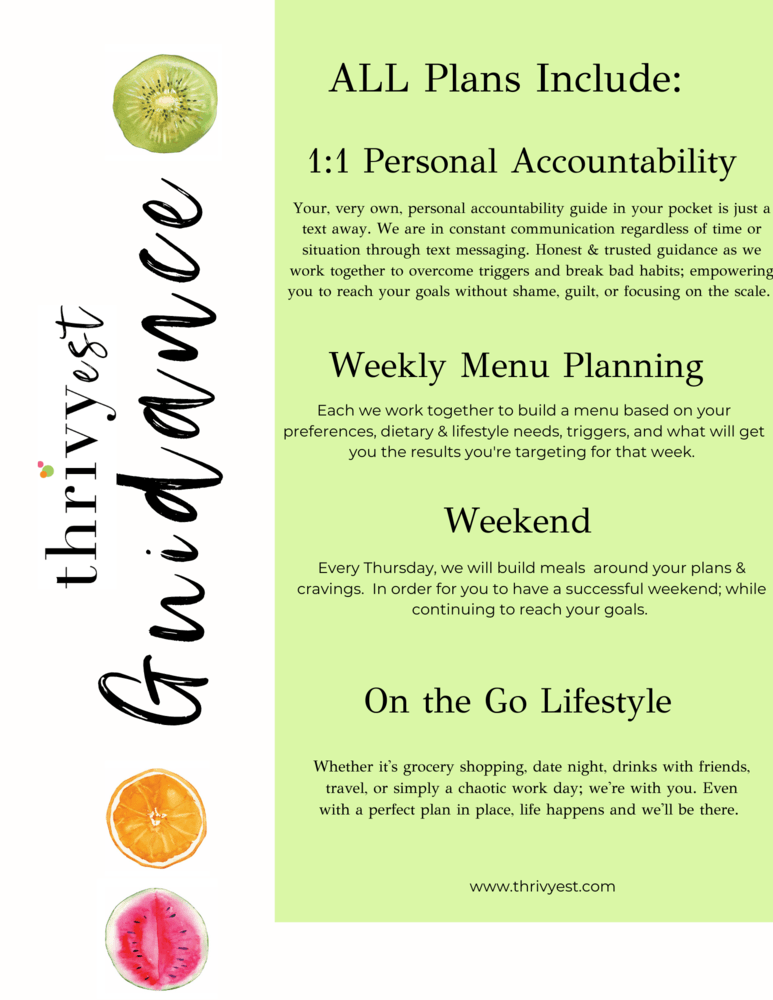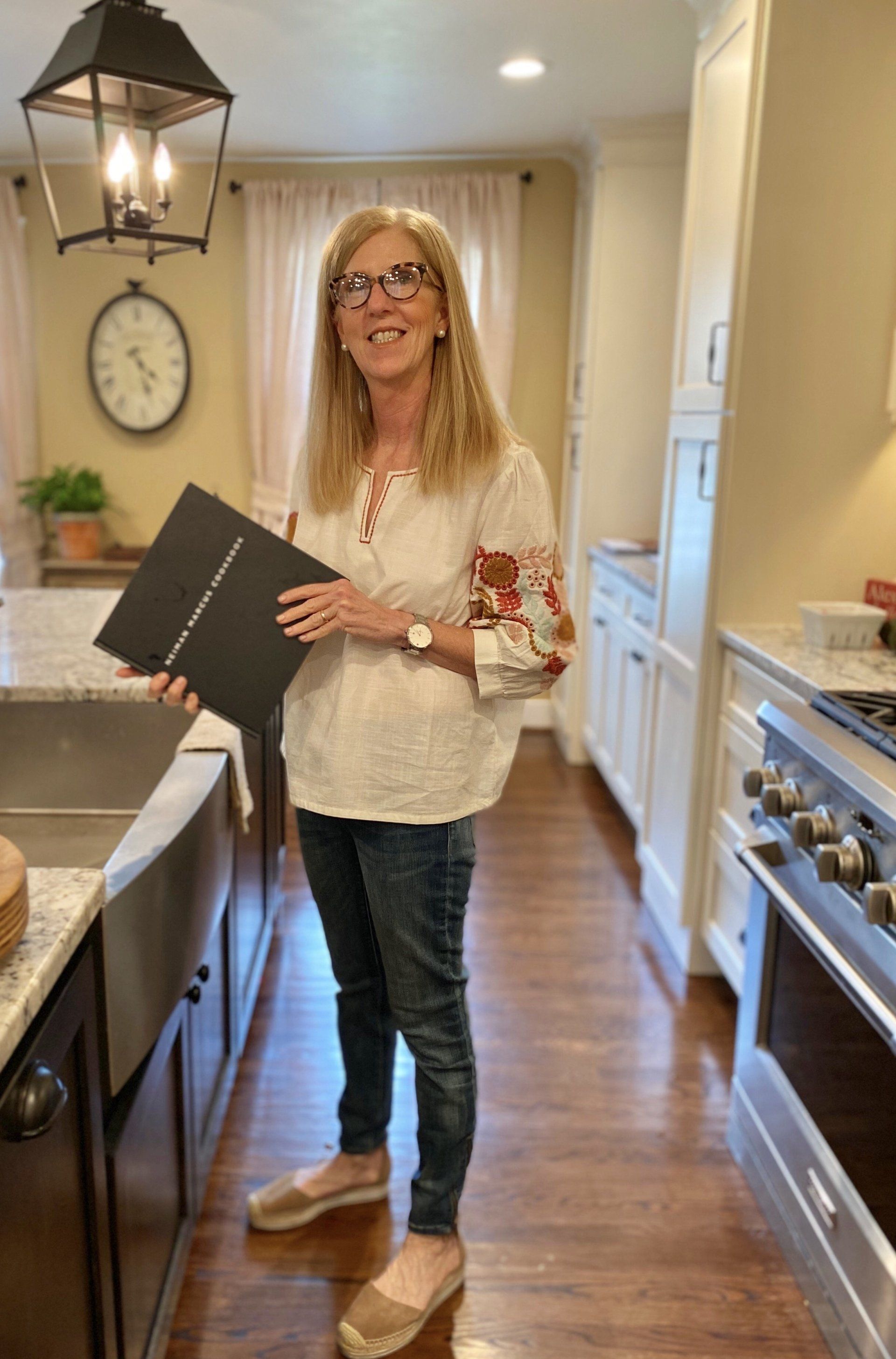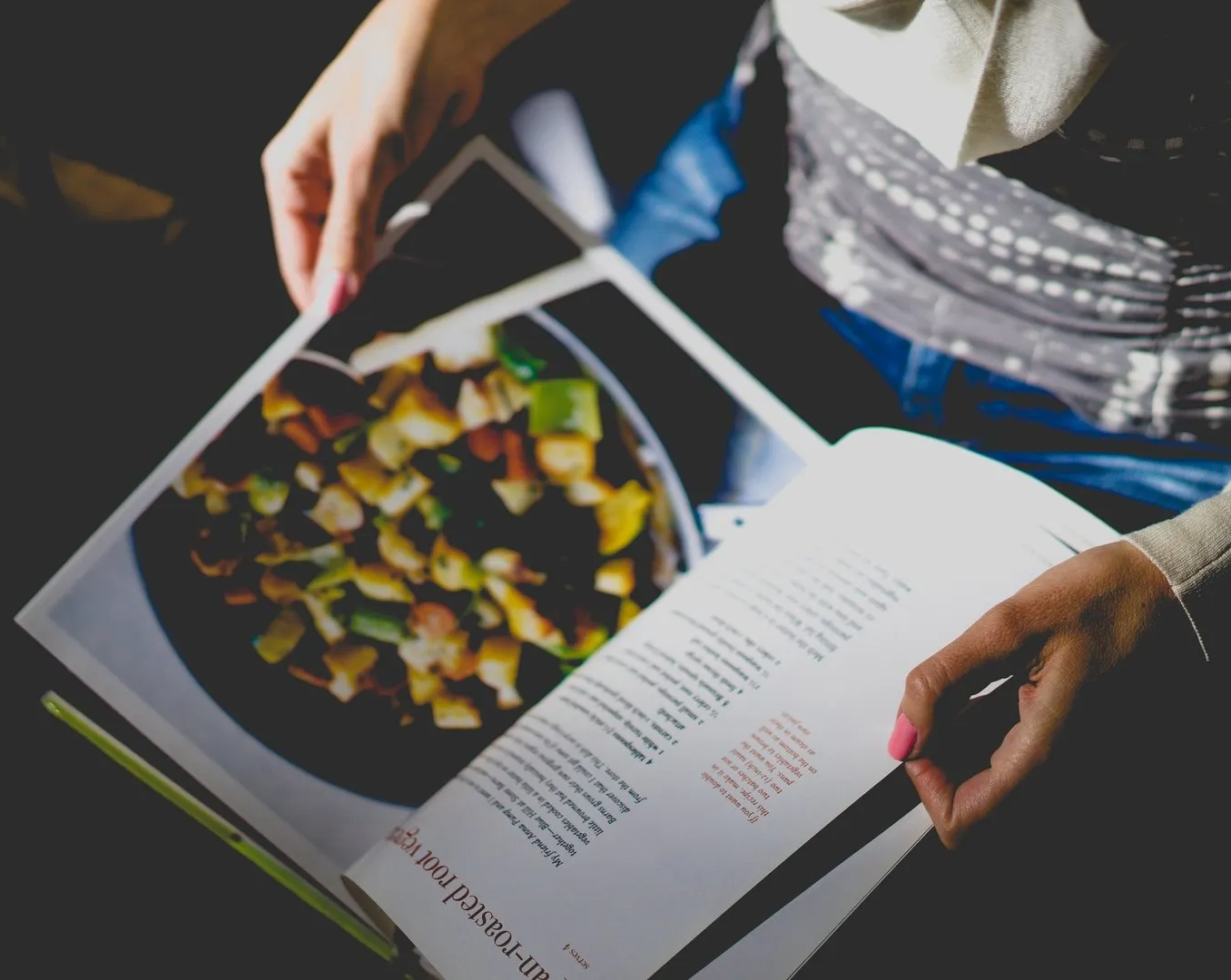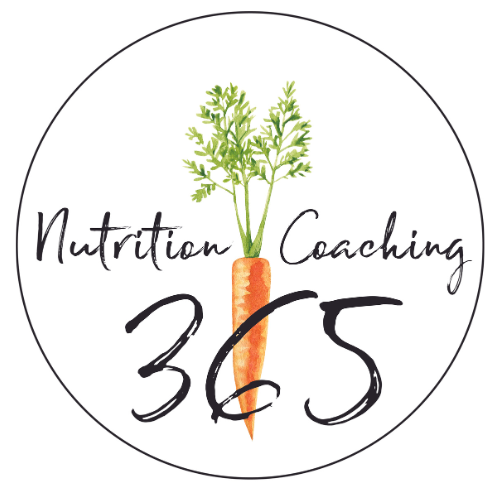How to Lose 10-25 Pounds Before Summer
Your Sustainable Summer Weight Loss Plan
How to Lose Weight Before Summer Without Crash Diets
Picture this: It’s the first hot day of summer. You open your closet, hoping to slip into that cute sundress or swimsuit… but nothing fits. Your heart sinks. The same frustration bubbles up—again. You’re uncomfortable in your own skin, tugging at your clothes, avoiding mirrors, and skipping pool parties because you just don’t feel good about yourself.
You tell yourself it’s just clothes, just a season. But deep down, it hurts. You’re tired of feeling like a stranger in your own body, of missing out on life because you’re not confident enough to show up fully.
But it doesn’t have to be this way.
Imagine, instead, slipping into your summer clothes and feeling good. No more hiding, no more sitting out. Just you, confident, comfortable, and proud of the work you’ve done.
If you’re wondering how to lose 10-25 lbs before summer and finally feel confident in your clothes, the time to start is now.
Why Starting Now Matters for Sustainable Summer Weight Loss
- Sustainable weight loss isn’t fast. You’ve probably tried quick fixes before, and where did they get you? Tired, frustrated, and right back where you started. The healthiest way to lose weight is 0.5-1 lb per week. That means 21 weeks = 10-21 lbs lost, without crash dieting or burnout.
- Waiting until May leads to desperation. You’ve been there—waiting until it’s almost summer, feeling rushed, and falling into the trap of extreme diets. You might drop a few pounds quickly, but it doesn’t last. By mid-summer, you’re back to square one, frustrated and exhausted.
- Starting now gives you flexibility. No stress. No pressure. Just steady, consistent progress. You’ll have time to build habits that last, lose weight in a sustainable way, and actually keep it off long after summer’s over.
Ways to Feel Confident in a Swimsuit This Summer
Imagine stepping into summer without that nagging voice in your head criticizing every flaw. Picture yourself at the beach, laughing with friends, fully present because you’re not worried about how you look.
Now, ask yourself this: Where do you want to be in 21 weeks?
Still feeling bloated and frustrated, hiding behind oversized clothes and avoiding photos?
Or finally feeling confident, energized, and proud to show off the progress you’ve made?
The Best Summer Weight Loss Plan is Sustainable
You deserve more than another year of quick fixes and disappointment. You deserve lasting results—results that make you feel confident not just for summer, but for life.
I don’t do quick fixes, gimmicks, or one-size-fits-all plans. My coaching is personalized, realistic, and designed to fit your life—not the other way around. Together, we’ll create a plan that works for you, with strategies that are sustainable, practical, and proven to get results.
You’ll learn how to eat foods you love, build habits that feel natural, and see progress without feeling deprived. No more yo-yo dieting. No more starting over every Monday. Just steady, real progress that lasts.
Stop Waiting. Start Your Summer Weight Loss Journey Today.
You’ve waited long enough. Summer is closer than you think, and the best time to start is today.
Let’s work together to create the future you deserve. Imagine how good it will feel to finally stop the cycle of frustration and step into summer with confidence.
Reach out now, and let’s get started on your journey to a healthier, more confident you.
For more tips on sustainable weight loss, check out my guide on building healthier habits and how to stay consistent with your nutrition goals. You can also explore this scientific article on healthy weight loss strategies for more in-depth insights.
YOU ARE CAPABLE OF LIVING YOUR HEALTHIEST & HAPPIEST LIFE.
If you’re looking to create healthy habits to gain more energy, improve your sleep + shed a few pounds, you’ve landed in the right place.
Recent Posts
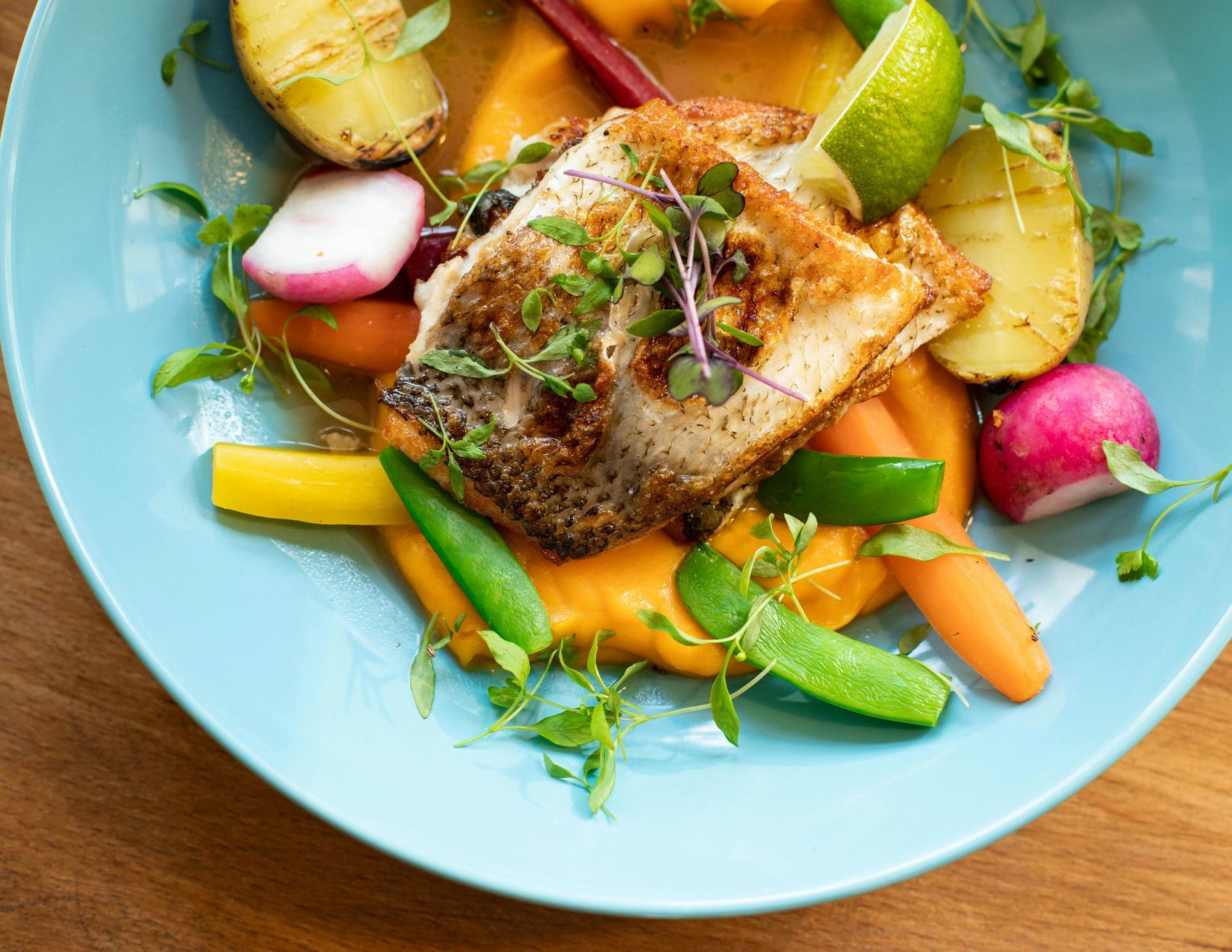
Meet Emily
I love encouraging + inspiring others to reach their healthiest lives through food, fitness + gratitude. As a holistic nutritionist + the founder of Thrivyest, I am passionate about creating habits to help you to live longer + thrive. To thrive in body, mind + soul through personalized, simple + practical steps ensuring you gain more energy, clarity + confidence! Let's connect!
